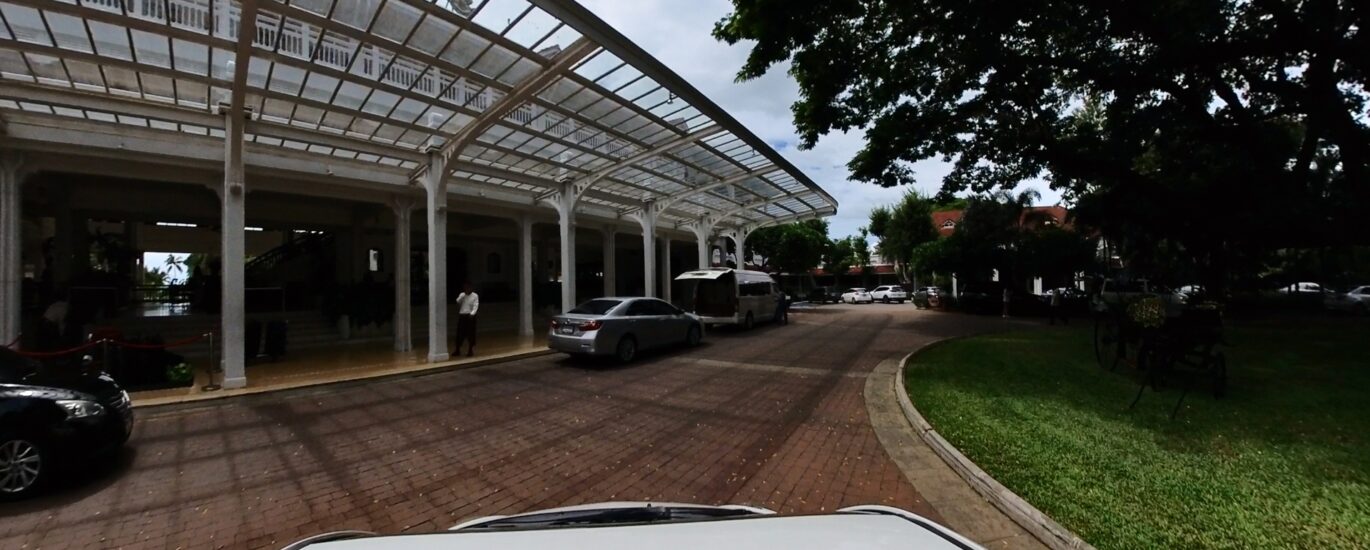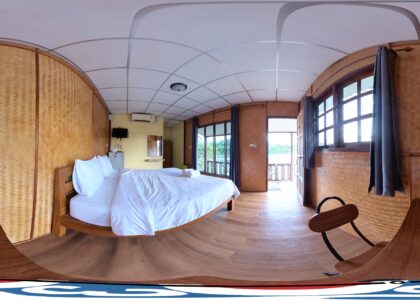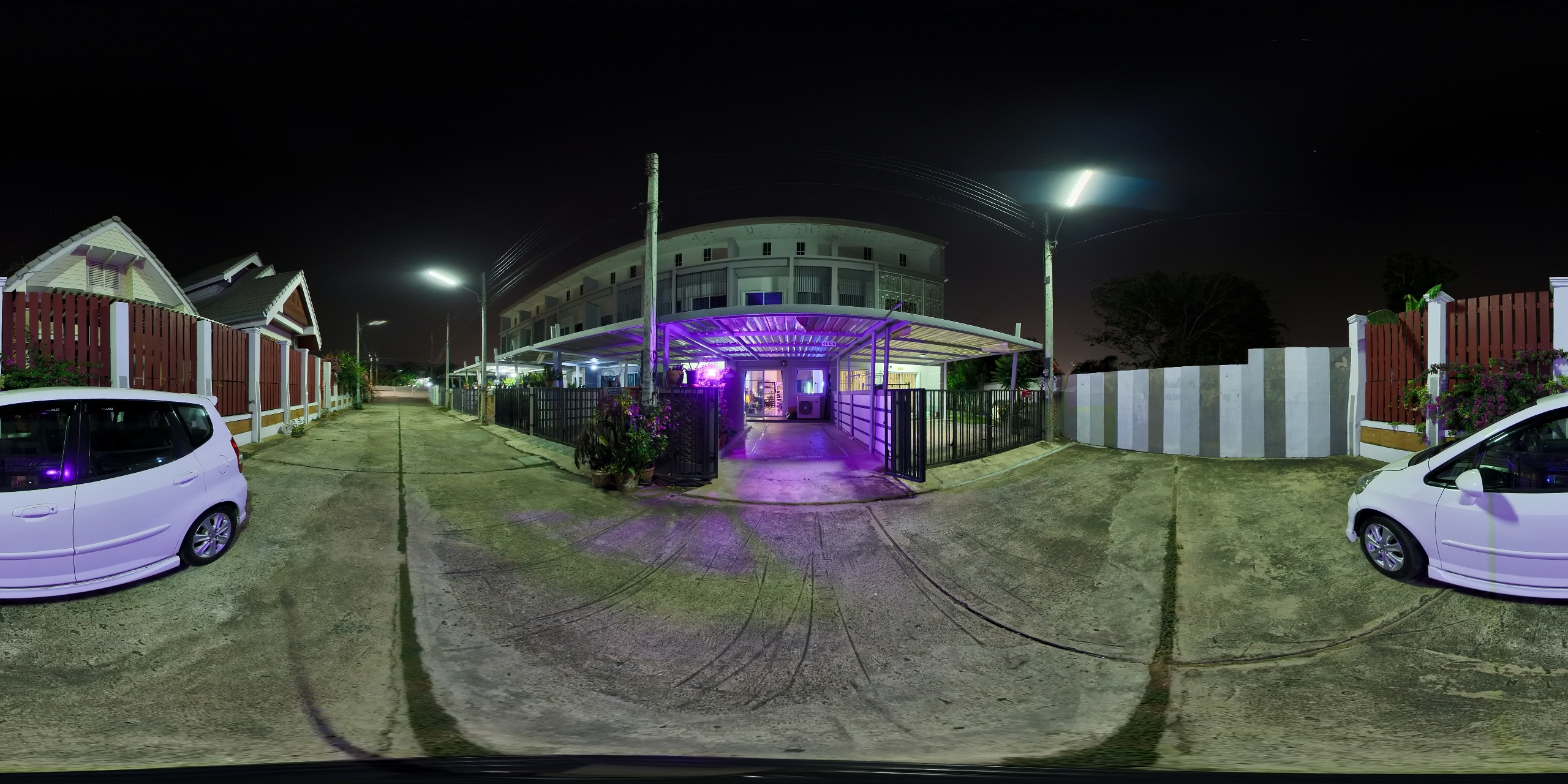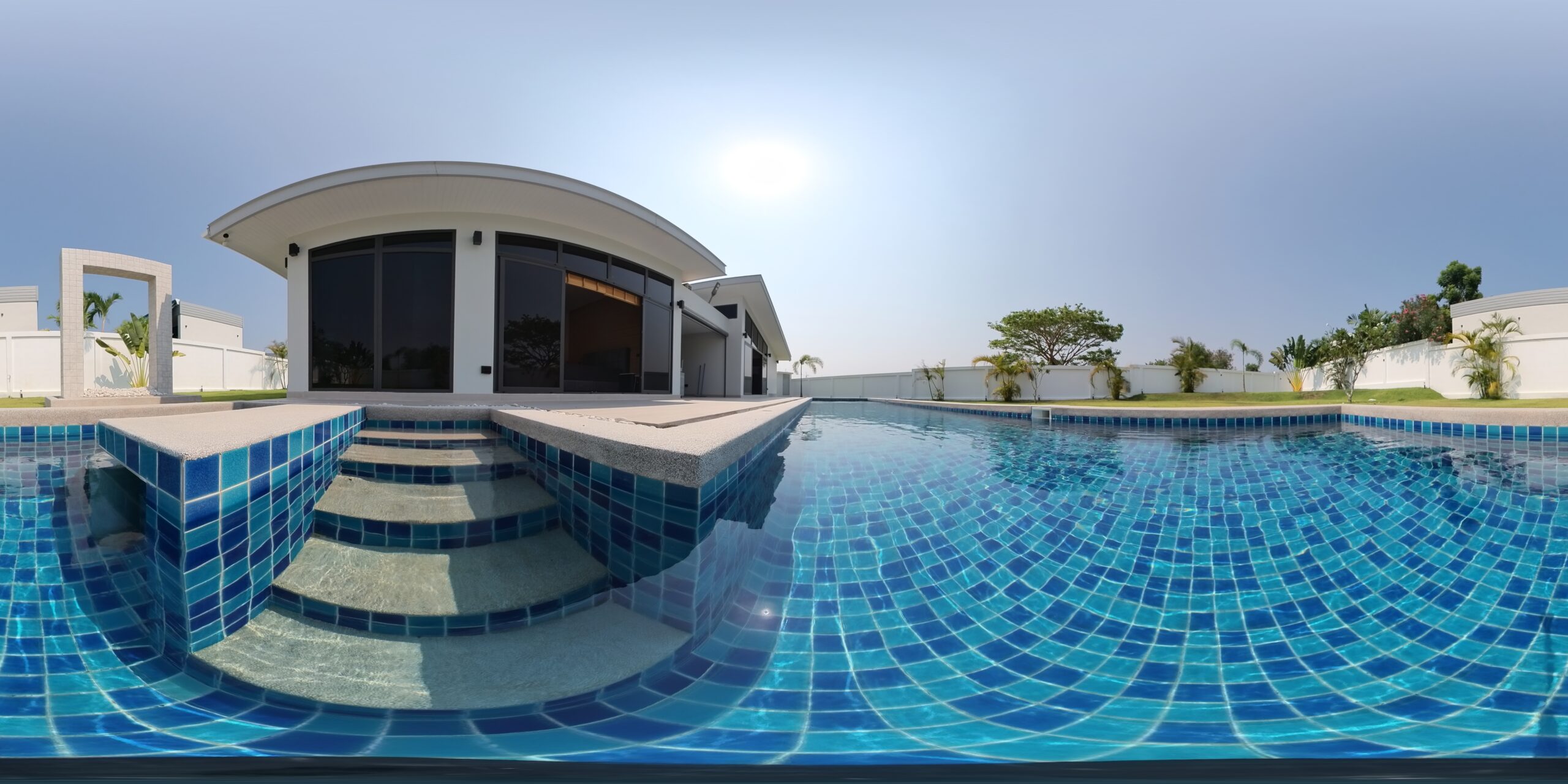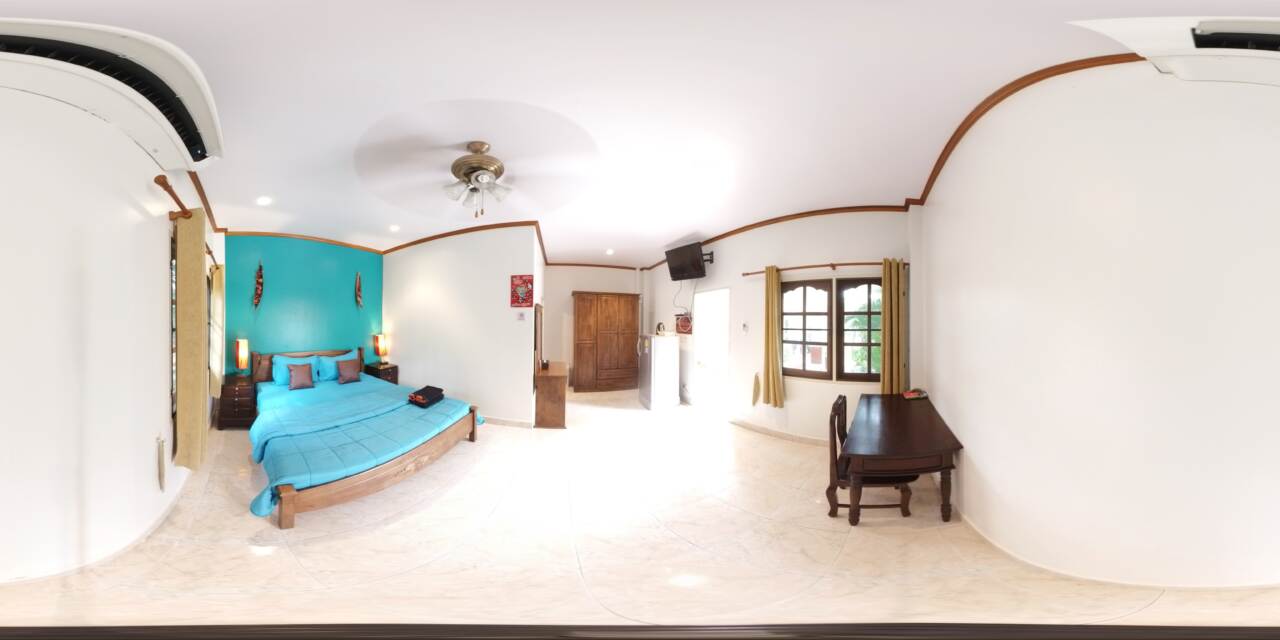From Royal Retreat to Luxurious Resort: The Enduring Legacy of Centara Grand Beach Resort & Villas Hua Hin
Standing proudly on the Hua Hin beachfront, the Centara Grand Beach Resort & Villas Hua Hin boasts a rich history intertwined with the evolution of this charming seaside town. Its story begins not as a grand resort, but as a humble railway hotel, playing a pivotal role in transforming Hua Hin from a sleepy fishing village to a royal retreat and, ultimately, a popular tourist destination.
The tale starts in the early 1920s during the reign of King Rama VI. Recognizing the potential of Hua Hin as a getaway destination, the king commissioned the construction of a railway line connecting Bangkok to the south. This “railway era,” as it’s referred to, brought significant changes to Siam, as Thailand was then known. As part of this development, Prince Purachatra, the king’s brother, personally oversaw the construction of The Railway Hotel in 1922.
The hotel’s purpose was twofold: to accommodate visitors flocking to the newly built summer palace of King Rama VI nearby, and to elevate the standard of accommodation in Hua Hin. The meticulously designed building, featuring 14 bedrooms and colonial-style architecture, opened its doors in October 1922, welcoming the first guests on October 26th. Notably, King Rama VI himself played a role in the hotel’s development, commissioning road maintenance engineer A.D. Robins to build a golf course and tennis courts opposite the railway station, further solidifying Hua Hin’s appeal as a leisure destination.
The Railway Hotel quickly became a popular destination for Thai royalty and high society. Its elegant ambiance and proximity to the royal palace created an air of exclusivity. Guests enjoyed the idyllic beachfront location, lush gardens, and the luxurious amenities, a stark contrast to the simpler lodgings previously available in Hua Hin.
For several decades, The Railway Hotel remained a landmark, witnessing the transformation of Hua Hin from a royal retreat to a budding seaside resort town. However, by the 1980s, the hotel needed refurbishment. In 1986, the Central Group of Hotels and Resorts (now Centara Hotels & Resorts) took over the property, embarking on a meticulous restoration project. The historical building was carefully preserved, while new additions like a swimming pool and Thai Pavilion were seamlessly integrated. The hotel was rebranded as Centara Grand Beach Resort & Villas Hua Hin, marking a new chapter in its legacy.
Centara’s stewardship ushered in an era of modernization while maintaining the hotel’s historical charm. New bungalows and gardens were added, and the original rooms were refurbished. Today, the resort boasts 251 guest rooms, offering a blend of modern luxury and old-world elegance. Stepping into the lobby, one is immediately struck by the fragrance of teak wood, a testament to the hotel’s heritage. The meticulously maintained guestrooms and the on-site museum showcasing historical artifacts further transport guests back in time.
The Centara Grand Beach Resort & Villas Hua Hin stands as a living testament to Hua Hin’s evolution. It played a crucial role in establishing the town as a desirable vacation spot and continues to be a sought-after destination for travelers seeking a luxurious escape with a touch of history. The resort’s enduring legacy lies in its ability to bridge the past and present, offering guests a unique opportunity to experience the timeless charm of Hua Hin.


